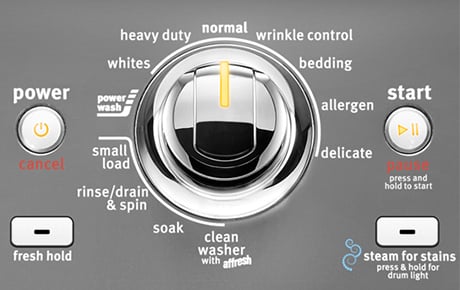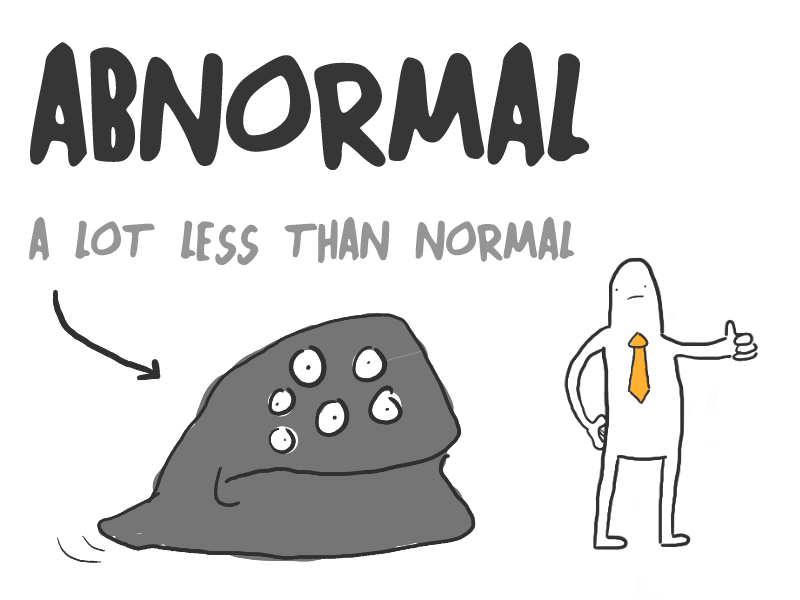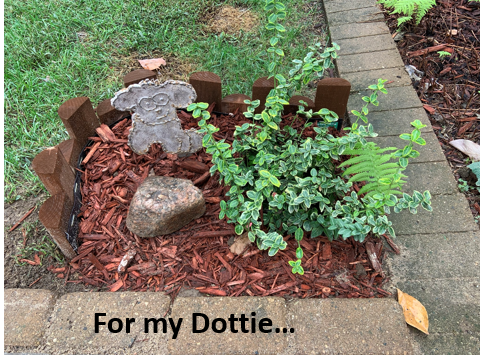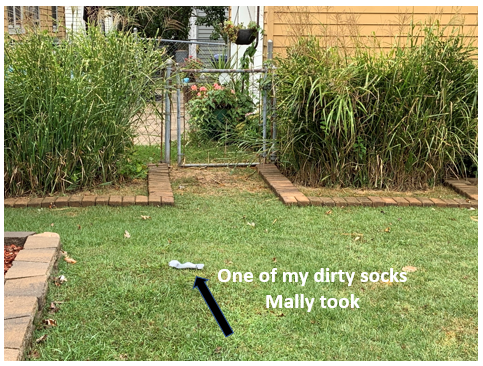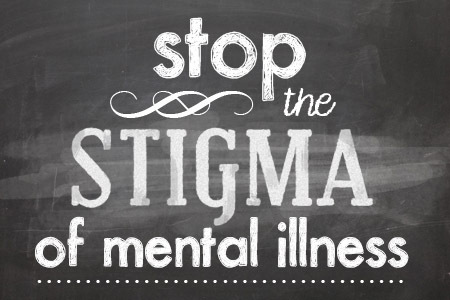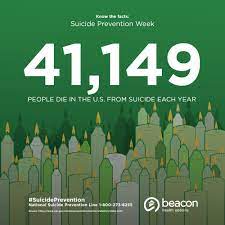So, I absolutely hate not having time to blog! You know, I love that you readers are spending time with me and reading my stuff but honestly, I actually do this for myself as well. Sometimes probably more so than others (see…I’m not lying…I don’t want my already point nose to grow anymore than it currently is 😳). For me, writing is therapeutic and let’s me work through things that I’m mulling or feeling or experiencing. When I try to keep a personal journal, I’m all gung ho for the first 2 days and then nothing. Writing here kind of keeps me doing it since ma likes reading these while consuming her quarter cup of Grapenuts but doesn’t open this until the Jumble and Wordle puzzles in the newspaper have been solved. I know where I stand.
Anyhoot, I get articles from PsychCentral delivered to my inbox and one came through the other day entitled: “Bipolar Eyes: Myth or Fact” and I was intrigued (took me 4 tries to spell that right 😐). I had absolutely no idea there was research confirming that those with bipolar actually have eyes with unique physiological features. I went to the actual scientific study to read more but after terms like ” inner plexiform layer” and “peripapillary RNFL thickness was reduced in all temporal sectors (P < 0.005)” I went with the summary from PC.

Apparently, these changes include:
- Pupils tend to dilate during times of emotional arousal during both unusually high or low moods. This dilation can cause more sensitivity to light and that is usually during a manic episode.
- This happens to me! I usually am pretty manic in the summer and last year was a doozie (it was BL – before Lamotragine). Working in the sun was causing me some headaches which are rare for me and I could feel myself squinting more and more despite having clip-on sunglasses (🤓). However, the other downside to this is my squint wrinkles are deepening.
- The excitement from a manic episode might cause the eyes to look more ‘energetic’ or even wider.
- Ma has said this to me so many times! Last summer she kept asking me if I was ok since she saw more and more rooms painted everyday when she stopped by (ma lives 2 miles from me and 8 from Terri…Terri is the smart one – and the pretty one 😎 ). I’d tell her I was fine because she worries enough about me and sissy…and I put her through hell 4 years ago. Anyways, when I would say “Ma, I swear on my original sociology text that I’m OK” she’d look at my eyes and say “Bullshit.” Yes, ma has a mouth on her. That’s where me and Terri get it.
- Bipolar impacts eye movement and there’s slower reaction times in these during a depression. It also affects ‘vergence movements’ which allows for depth perception since the eyes are moving toward and away from things.
- Well…this would have been keen to know since I was scampering around on my roof last summer while my neighbors laughed and took pics of me. 😬
- Research is also showing that it’s more difficult for someone with bipolar to discern different colors. This is said to be due to thinning retinas and the rods and cones (something I know absolutely nothing about 😐).
- This is so weird: The other day, I took down a plant hanger from my kitchen wall and patched the holes. I didn’t have any left over paint to touch it up so I took some of my cabinet paint…which is very similar…and doctored it up with some black, white, and any other color I thought would work just to make it a tad darker and a tad bluer. I was convinced it was a perfect match when I looked at my finished product. But when I used it, it was very very BRIGHT BLUE when I needed a soft BLUE GRAY. Now I know why!
When I read through all of this, I was amazed because I do complain about my eyes at times. Some researchers are saying that by looking at some of the physiology of the eye could help determine if that person has a higher chance of developing bipolar. Wow.
After reading all of this fodder-all, I searched for more physiological differences in terms of bipolar and found this in TechnologyNetwork: “In the largest MRI study to date on patients with bipolar disorder, a global consortium published new research showing that people with the condition have differences in the brain regions that control inhibition and emotion.”
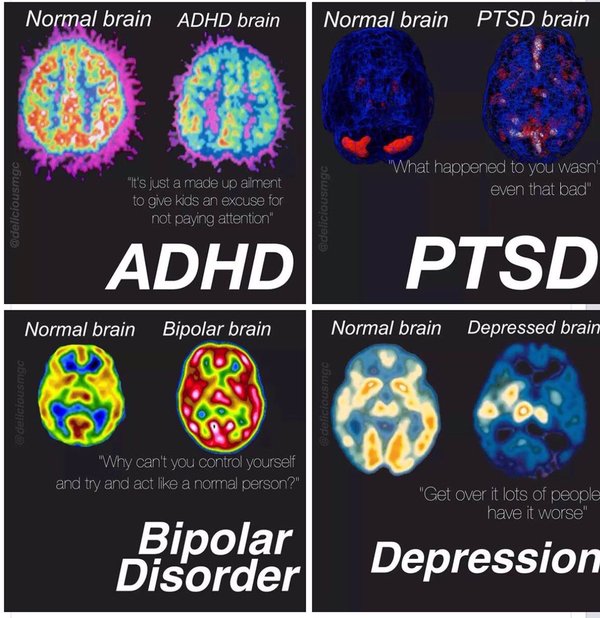
I also found this from Pronhorpsych: Studies have shown that bipolar disorder reduces the amount of gray matter in your brain which affects processing info, thoughts and feelings; controlling impulses and sensory info; and regulating motor skills. The authors of the article state this: “This may explain why manic episodes often seem impulsive, careless, and thoughtless. Less gray matter might also lead to feelings of sluggishness and frustration, as well as trouble doing simple tasks when you have a depressive bipolar episode.” Charmed, I’m sure.
And genes play such a role: “Research has identified 64 regions of the genome that are associated with an increased risk of bipolar disorder which is more than double the number of genes previously identified.” (Genetic Engineering and Biotechnology News). This explains why we see it passed down throughout generations.
Finally, Frontiers in Psychology report that those with bipolar tend to have an attraction for negative emotions and focus more on threatening images than positive ones. You know, I like to think of myself as being a positive person and I really am with others. But, often times when I’m alone I do ruminate over negative things I’ve done or seen or have experienced. Maybe that’s why I sometimes hold on to anger more than I need too. Hmmmmm.

So, ya’ll are probably yawning now (like some of my students 😦) but all of this info that I slugged through did something very powerful for me: it validated that my emotion, behavior, impulses and struggles are real. Really real. Not just me ‘acting up’ or ‘allowing myself to get so down’ or ‘being way too out-there.’ It’s the disease (the term used by many researchers) that’s affecting my life. My way of being. My actions. I take meds to counter-act this and for stabilization but no medicine can take all of this away. No medicine can change brain structure or genetic make-up.
But this information can maybe change the stigma that’s associated with bipolar and other mental disorders. Just understanding what underlies bipolar and then the physiological underpinnings of other disorders such as depression and anxiety can maybe help people look at ‘us’ through a different lens. A lens that recognizes that who we are is greatly affected by what we have. No one asks for mental illness. You’d be a fool if you did. The fault lies in our brain, not personal weakness. And you know, my realization of these things normalizes my condition in my eyes. I hope this lessens how hard I am on myself. How guilty I feel when I’m cycling. How less than I feel as a person.
And more than anything, I hope it changes how all mental illnesses are seen. As ‘real’ illnesses that need to be treated as such and not to be ashamed of.
Kristi xoxo
P.S. Best 80’s video ever! 😉

